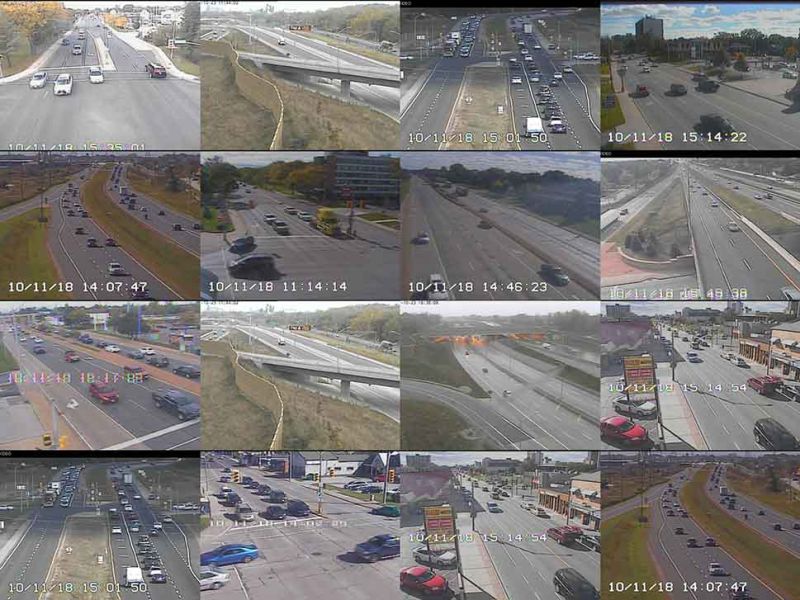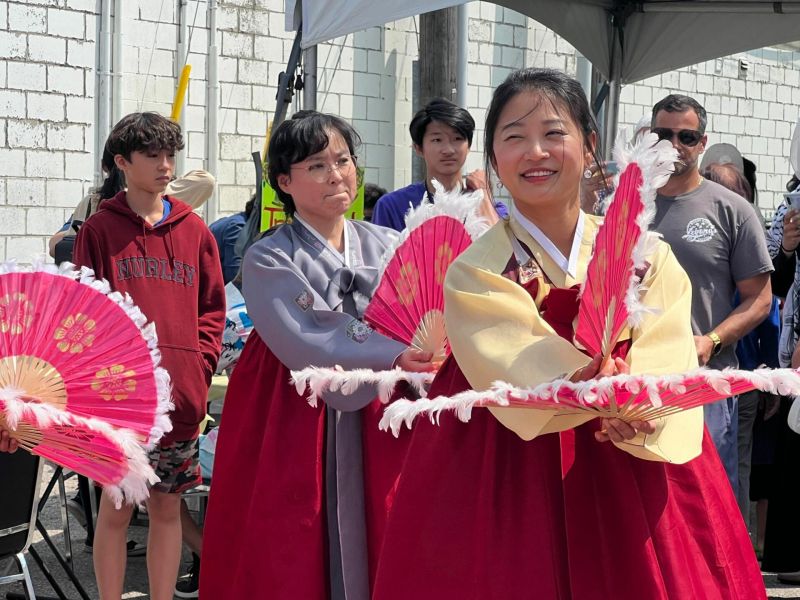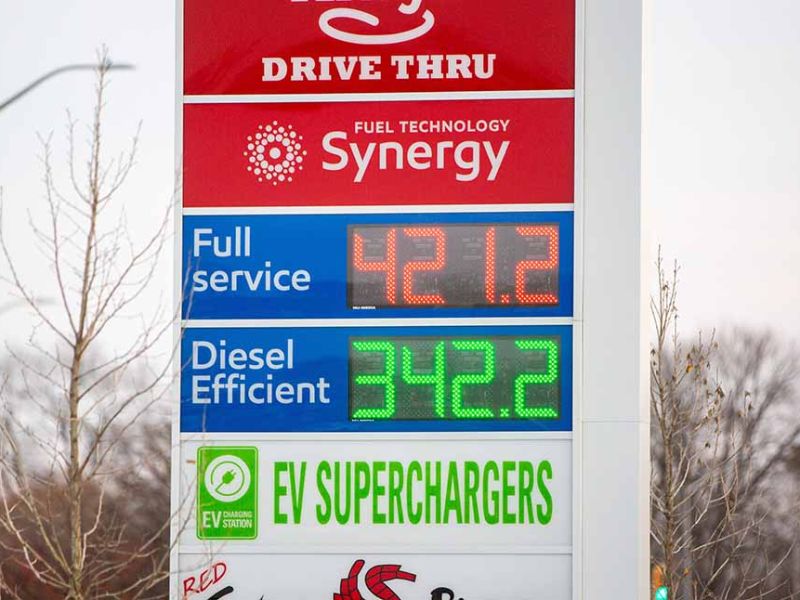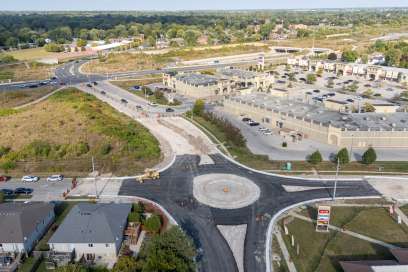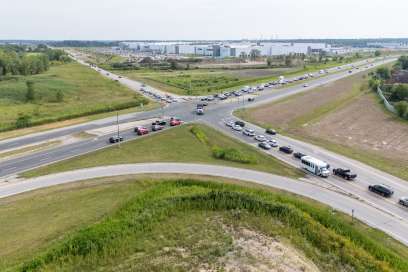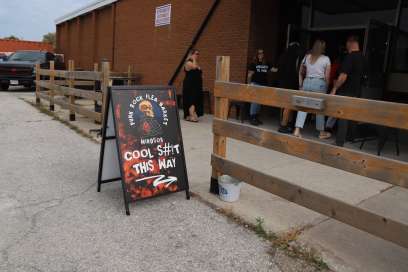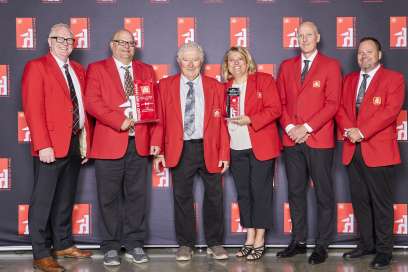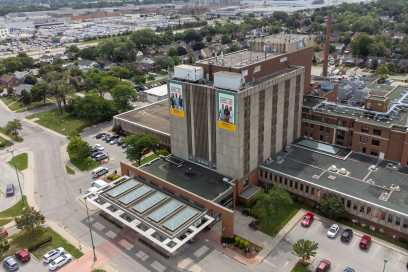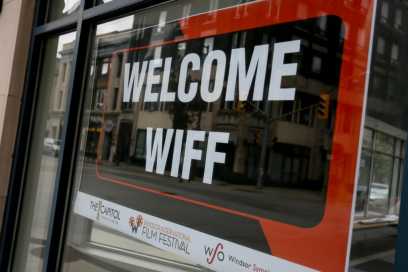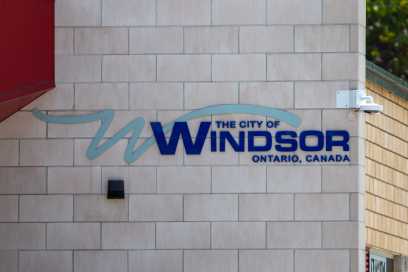Border Road Timeline: How we got to Where we are Today
Saturday August 20th, 2011, 9:15am
Hello time traveller!!
This article is 5142 days old.
The information listed below is likely outdated and has been preserved for archival purposes.
Today, August 20th, is the first official day of construction on the Windsor-Essex Parkway. At 3:00 am this morning, demolition of the North Talbot Bridge began, as the first part of Phase One of the new border route.
While land acquisition and property demolition has been underway for over a year now, today is the first official day that actual construction work will start to take place.
Getting to this point has been a long process filled with studies, several designs, land purchases and property expropriation. Here is a look at how we got to where we are today:
2001: The Ontario Ministry of Transportation formed a partnership with Transport Canada, the U.S. Federal Highway Administration and the Michigan Department of Transportation to improve the movement of people and goods across the Canada-U.S. border in Southwestern Ontario/Southeast Michigan.
2005: The Partnership identified Illustrative Alternatives, including 15 possible river crossing locations in June. As part of the Detroit River International Crossing (DRIC) study, a thorough and systematic process was used to analyze and evaluate the alternatives resulting in an Area of Continued Analysis being identified in November 2005. Continued study lead to the identification of three bridge, three plaza and five access road Practical Alternatives in March 2006.
2007: A Parkway alternative for the access road was presented and a refined access road – The Windsor-Essex Parkway – was identified as the Technically and Environmentally Preferred Alternative.
May 2008: As a result of public review and comment, and extensive technical studies, the Windsor-Essex Parkway is presented by the Detroit River International Crossing (DRIC) study team as the Technically and Environmentally Preferred Alternative for the Ontario access road portion of a new proposed end-to-end border transportation system for the Windsor-Detroit Gateway.
October 2008: Notices are sent to owners whose property is required for construction of the Windsor-Essex Parkway. Once completed, the property assembly program will see the acquisition of approximately 900 properties by the Ontario Ministry of Transportation (MTO).
June 2009: The first step in the procurement process to identify a team to design, build, finance and maintain the Parkway begins with the issuing of the request for qualifications (RFQ). The RFQ allows Infrastructure Ontario to pre-qualify and shortlist teams who will be invited to respond to the request for proposals (RFP).
October 2009: Infrastructure Ontario announces the three companies short-listed to submit proposals to design, build, finance and maintain the Parkway.
November 2009: MTO begins the expropriation process to obtain title to remaining properties required for the Parkway. Since beginning the property acquisition process for the Parkway, the ministry’s approach—to examine each file on a case-by-case basis and deal with property owners in a fair and consistent way—is successful in acquiring approximately 900 proper ties needed for the Parkway with less than 130 properties being expropriated. The majority of expropriated properties are vacant lands.
March 2010: The 2010 demolition of buildings on properties MTO has purchased begins. Five contracts are awarded in 2010 totaling more than $1.5 million. Over 170 buildings are demolished in the footprint of the Parkway prior to the end of 2010. The companies conducting demolition are Pillette Transfer Station, Jones Group, Canadian Group of Companies, and Priestly Demolition.
November 2010: The Windsor Essex Mobility Group is announced as the preferred proponent to design, build, finance and maintain the Windsor-Essex Parkway.
March 2011: Pre-construction work including geo-technical drilling, species at risk protection, property maintenance, and surveying begin in the Parkway footprint.
July 2011: Public Information Open House #3 is held to present construction information on the Parkway for public input. More than 500 people attend the session.
August 2011: Demolition of the remaining buildings on properties required for the Parkway begins on Bethlehem Avenue. Jones Group of Windsor is completing the demolition of over 180 buildings.

